Belgium, once again, has a new lambic brewery, Brouwerij Sako. Sako follows just a couple of years after the debut of the now combined (and very successful) Lambiek Fabriek/Brouwerij Belgoo lambic blendery and brewery of Ruisbroek and Sint-Pieters-Leeuw, as well as Brouwerij Den Herberg of Buizingen, which is making excellent lambics (and whiskey!) and should debut an Oude Geuze sometime soon.
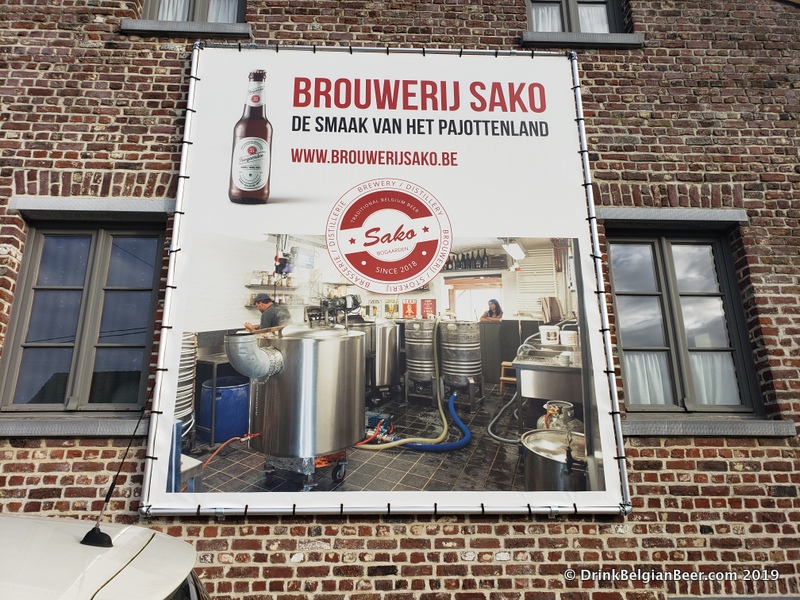
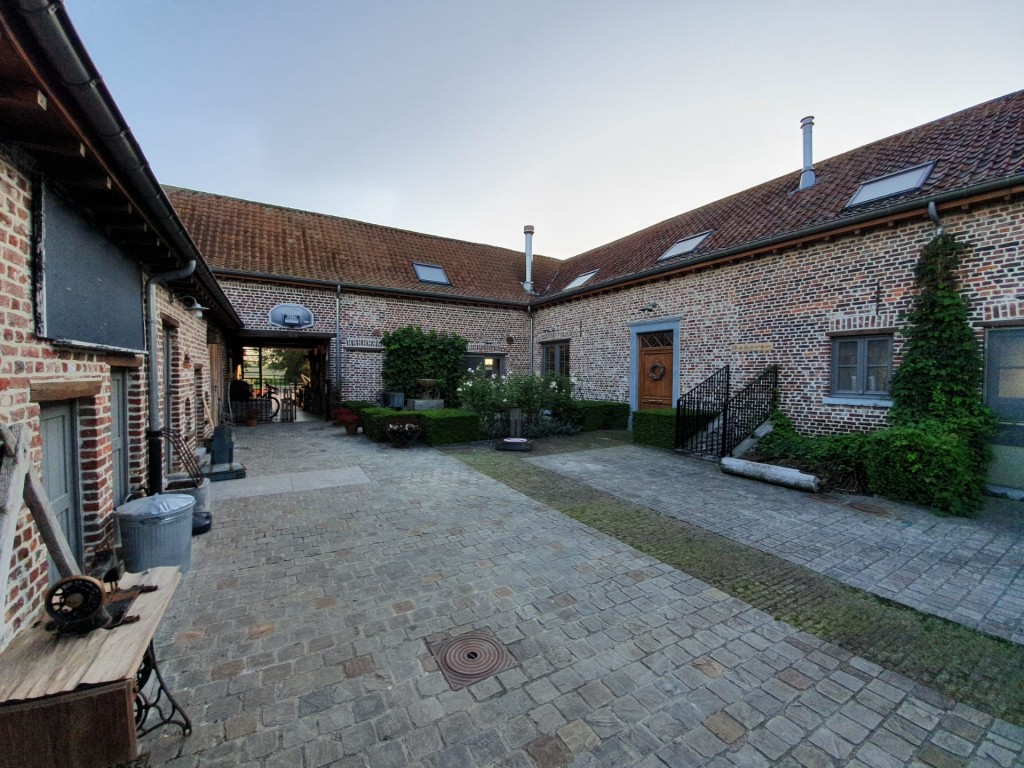
Brouwerij Sako is located on an old farm in Bogaarden, near the village of Pepingen in Belgium’s Payottenland, in the Province of Flemish Brabant. Brewer Koen Christiaens and his wife, Sandrine Walraet, purchased the farm in 2000, and began renovating the old house then. (See video below.) Note that the oldest buildings on the farm date to around the year 1800.

Koen works in construction, and Sandrine gave him a brewmaster’s course as a Father’s day present a few years ago. This first led to some homebrewing, and then after a few years, the opening of Brouwerij Sako in 2018.
The first beer Koen brewed was not a lambic, but a blonde beer, which was followed by a few others. Then, fate happened one day: lambic brewing expert and legend Willem Van Herreweghen, who founded Geuzestekerij De Cam in 1996, and is now President of the Board of Directors and Brewmaster of Brouwerij Timmermans, rode by on his bicycle. This is the same Van Herreweghen who co-created the famous De Cam-3 Fonteinen Millennium Geuze with Armand Debelder. See this previous article about tasting a Millennium Geuze with Van Herreweghen, as well as this article where I savored one with both Van Herreweghen and Debelder in 2015.
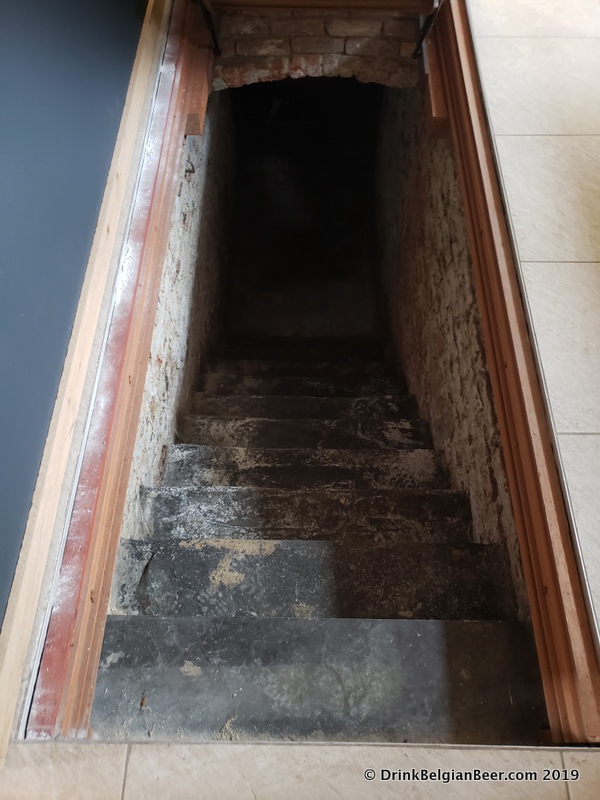
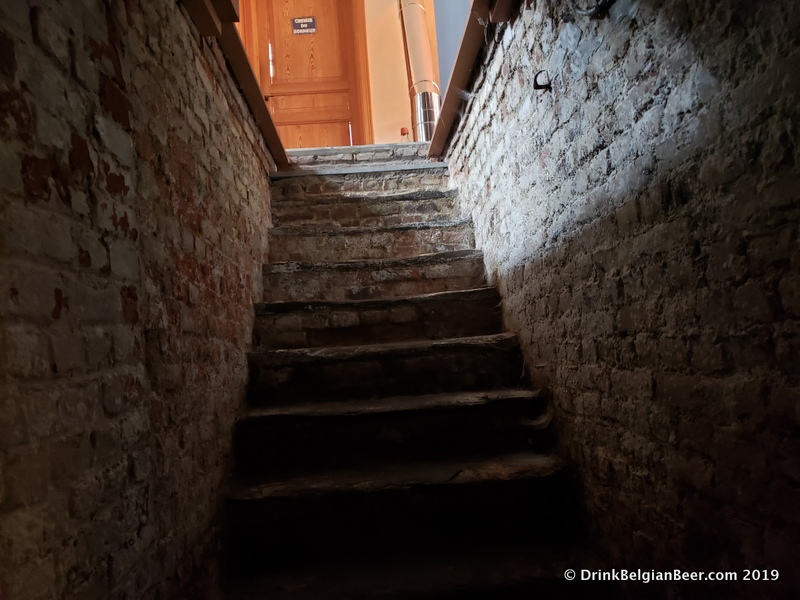
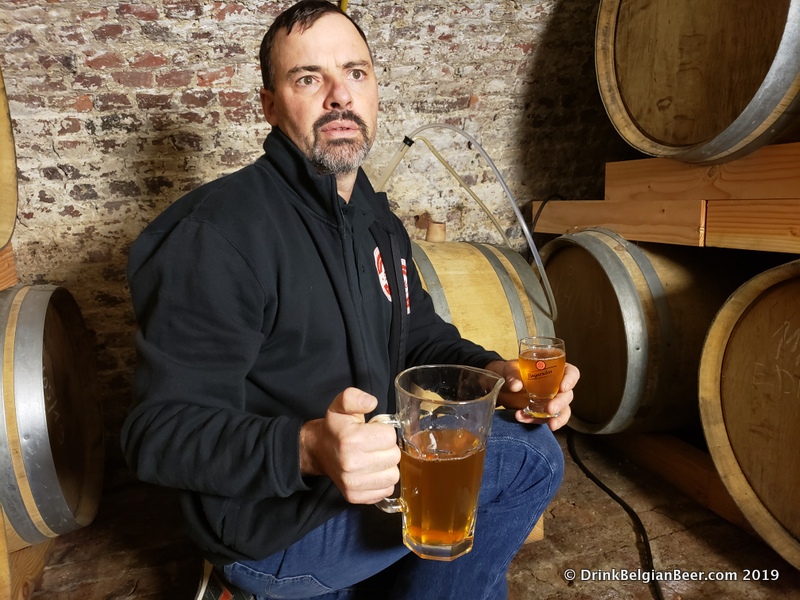
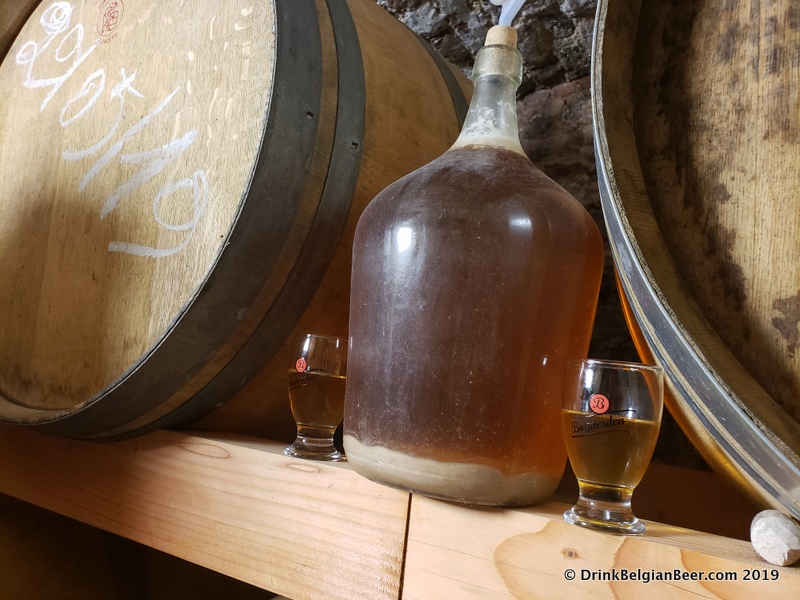
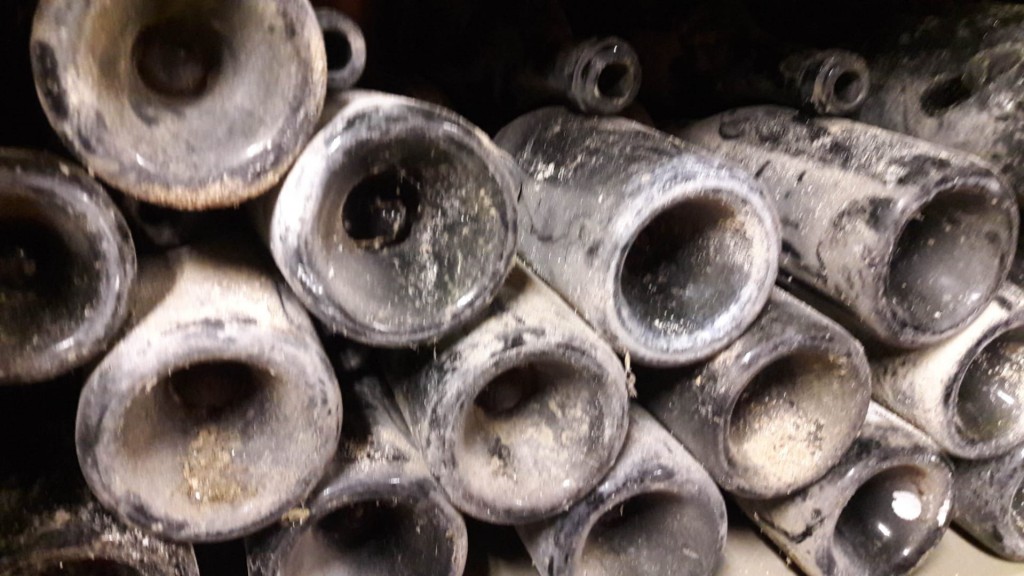
Christiaens and Van Herreweghen talked, and somehow the subject of brewing lambic came up. Van Herreweghen encouraged Christiaens to give lambic brewing a try, and advised he would help him if he did. So, Koen (Christiaens) did. The first brews happened in April 2019, on the current 2 hectoliter (about 1.75 barrel) Sako system. “This lambic is about eight months old,” Koen remarked, as Johan “Wanne” Madalijns and I tasted samples that Koen pulled directly from a barrel during our visit on December 14, 2019. Wanne is President of De Lambikstoempers, the premier Zythos-affiliated beer appreciation and promotion club in Belgium’s lambic country. De Lambikstoempers organizes several beer festivals every year, such as the Beer Weekend in late August and the Days of Oude Geuze in late November. Lambic beer is the biggest attraction at both festivals.
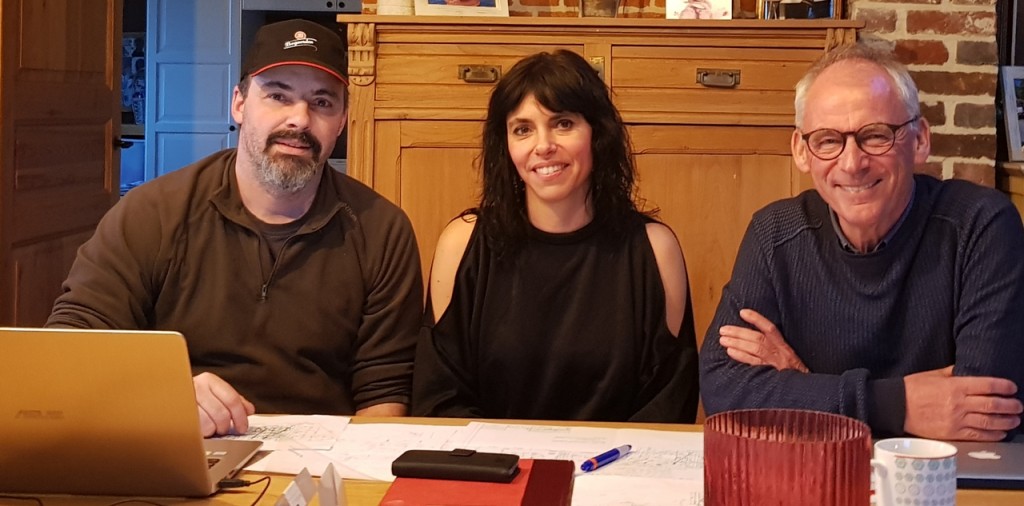
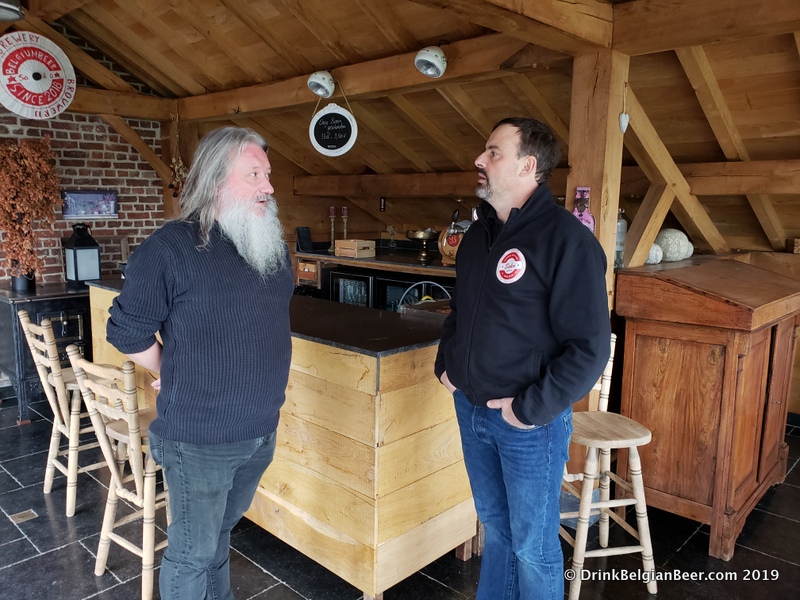
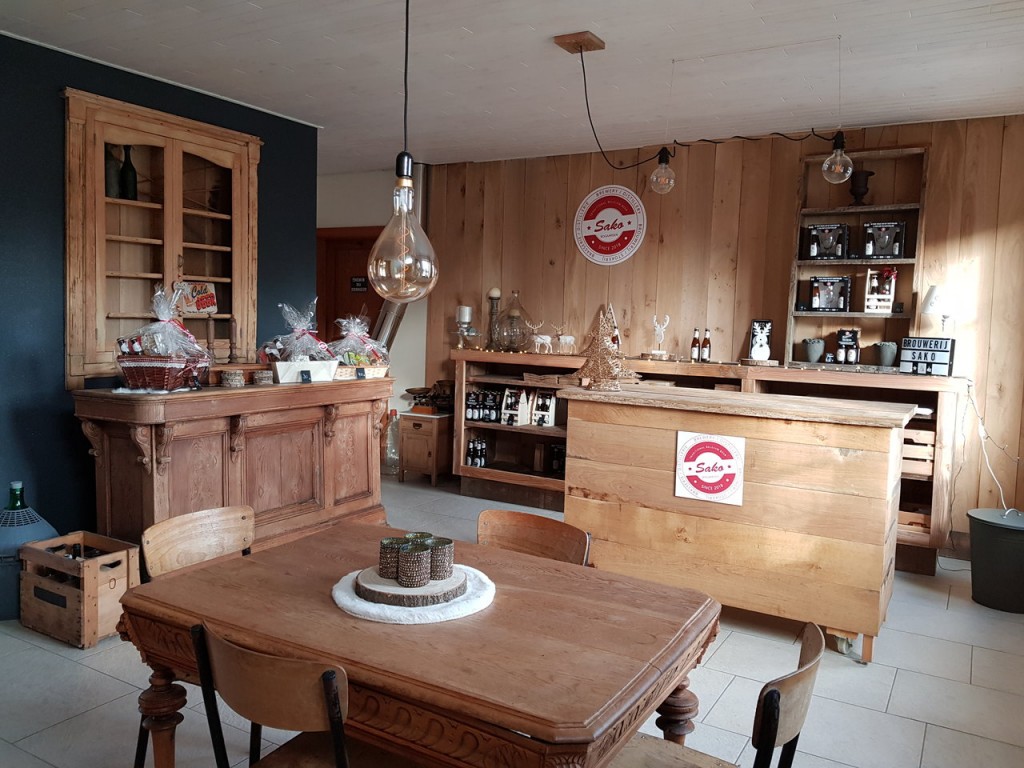
This young lambic was very good, and shows solid potential. Every lambic is different, and Sako’s first batch is no exception. It was first served to the public at De Lambikstoempers’ “Days of Oude Geuze” in November 2019. “I have had a lot of demand from other breweries and beer makers for my lambic. But we only have a few dozen barrels, so most of the batch that was brewed in spring 2019 will be saved to use as a three year old lambic to blend with one and two year old lambics that we will brew and mature in the future, to make an Oude Geuze in 2022,” Koen remarked.
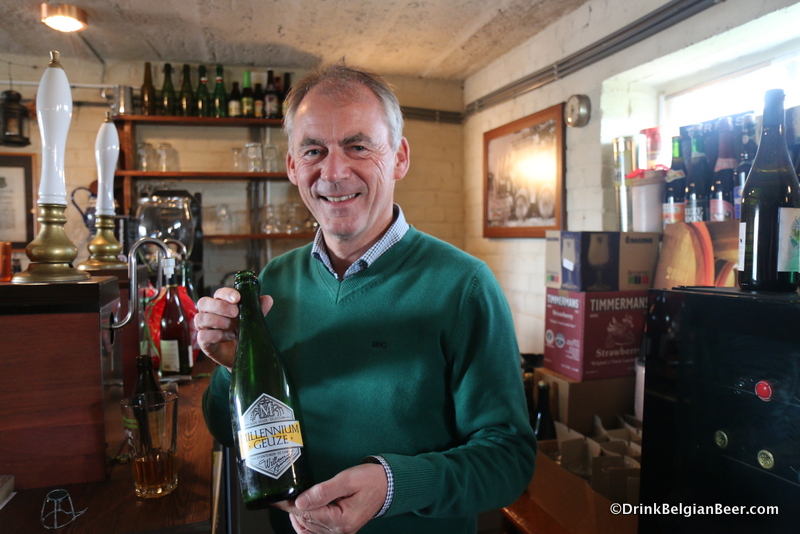
As to where he sources his raw ingredients, Koen wants to be as independent as possible. “One of my goals is the brew my Sako lambic with 100% locally grown unmalted wheat,” Koen stated. He continued: “Willem Van Herreweghen advised me to grow an old variety of winter wheat, called Soisson, because it provides the best level of proteins with which to make lambic. At the Hof ten Bos in Bogaarden, I was able to lease 20 hectares (note: about 50 acres) of land where we planted the wheat. We just completed the first harvest of this winter wheat earlier this year,” Koen added.

The Brouwerij Timmermans connection continued when Koen met its owner, Anthony Martin. “Willem (Van Herreweghen) introduced me to Anthony Martin at a trade show, and he too was interested in the idea of growing this old variety of wheat for use in the Timmermans lambics. The 20 hectares that were grown were more than we can use at Sako, so much of it went to Brouwerij Timmermans to use.”
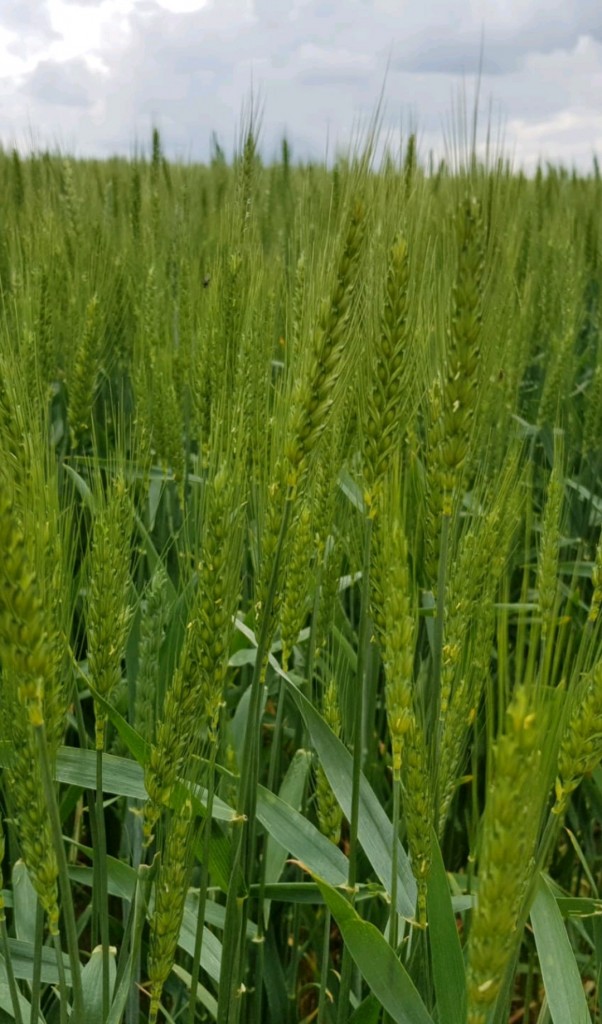
Koen added that it’s possible he may plant and harvest his own barley in the coming years, in cooperation with Brouwerij Timmermans.
I spoke with Willem Van Herreweghen in the last few days, and he had this to say about what he has been up to lately: “I have traveled to China eight times in the past year, where I help breweries to develop beers. I am also helping with the building and start-up of a small malting plant in Tibet, where local highland barley will be malted. Life is very interesting!”
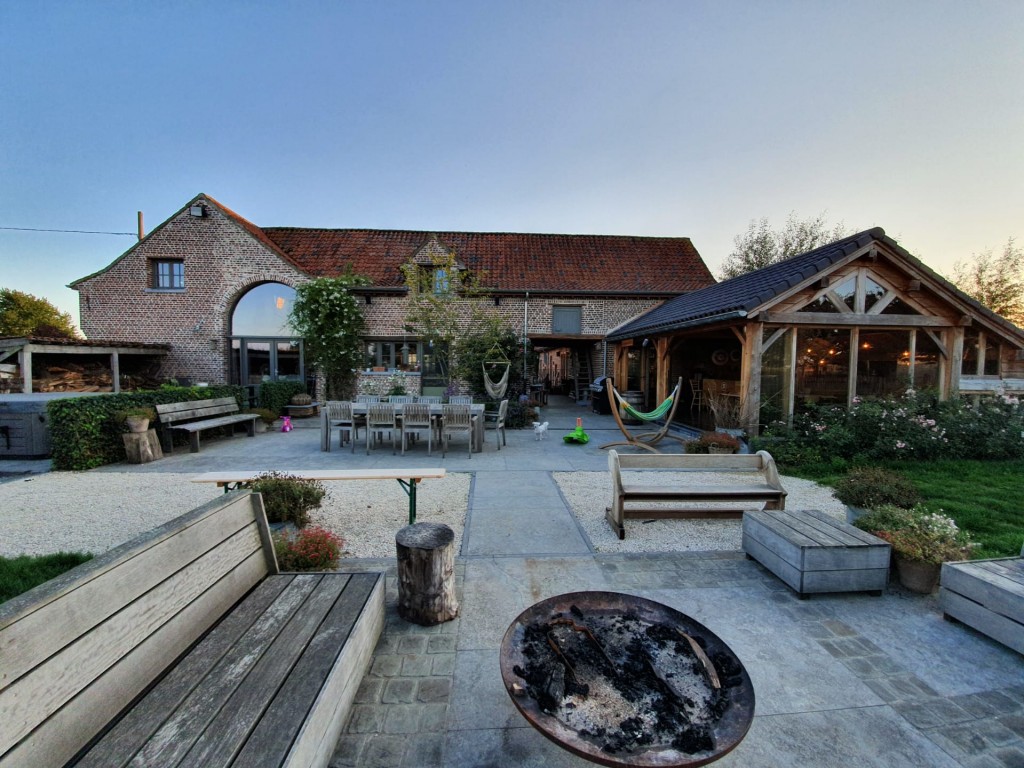
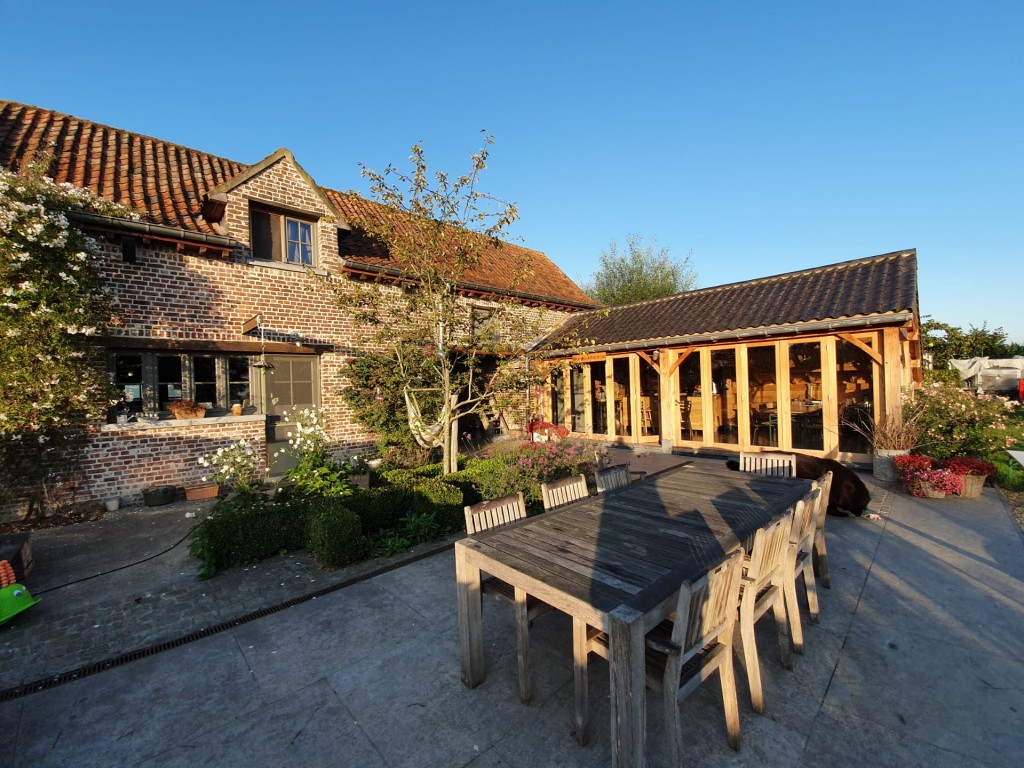
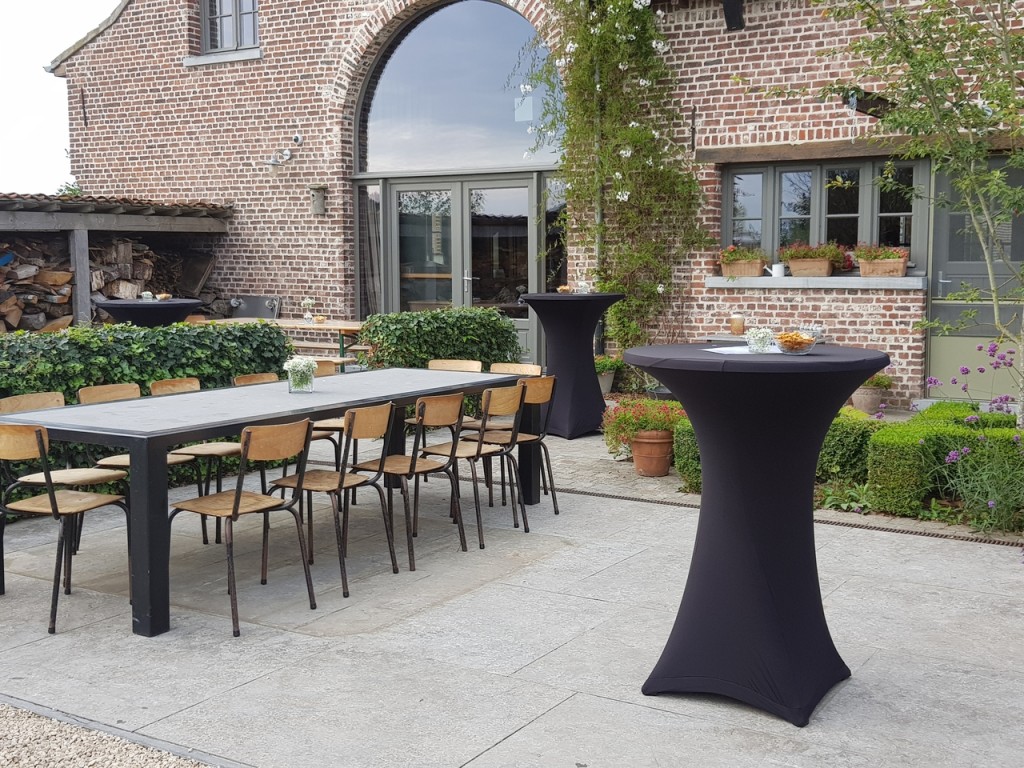
Van Herreweghen continued: “About the Sako lambic project: there are several new lambic brewers in the Pajottenland, and I think there is still room for more. Looking back in history, there were many such small lambic breweries in the region, and many of them are even not mentioned in history books.” He added: “I actually read about Sako in some local news stories. I was curious, and also practicing to ride my bicycle to Santigo de Compostela in Spain, so I rode by and knocked on the door.”

He added: “Koen’s new brewery will be state-of-the-art, and manufactured in China, with a traditional coolship. With this new 30 hectoliter brewhouse, both traditional lambic as well as top fermented classic beers (ales) can be produced. Koen is very motivated, and studying a lot about beer. Sandrine, his wife, is doing the marketing. It’s really remarkable how much they have accomplished in less than 2 years. We foresee the start up of his new brewery at the end of February or beginning of March of this year.”

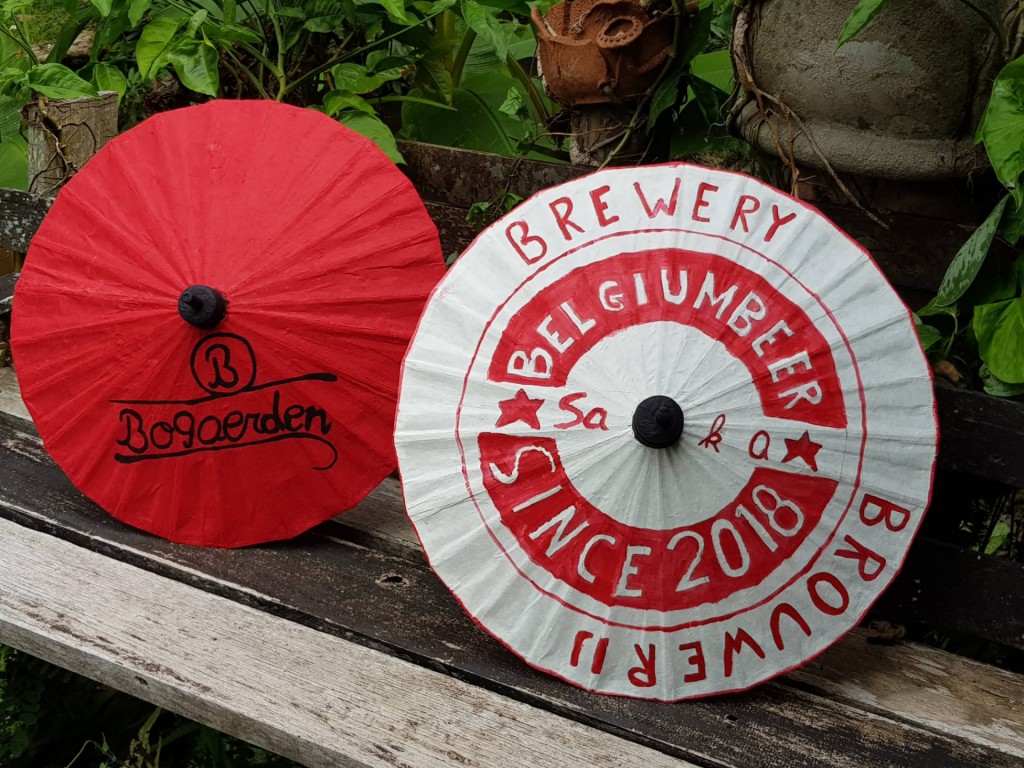
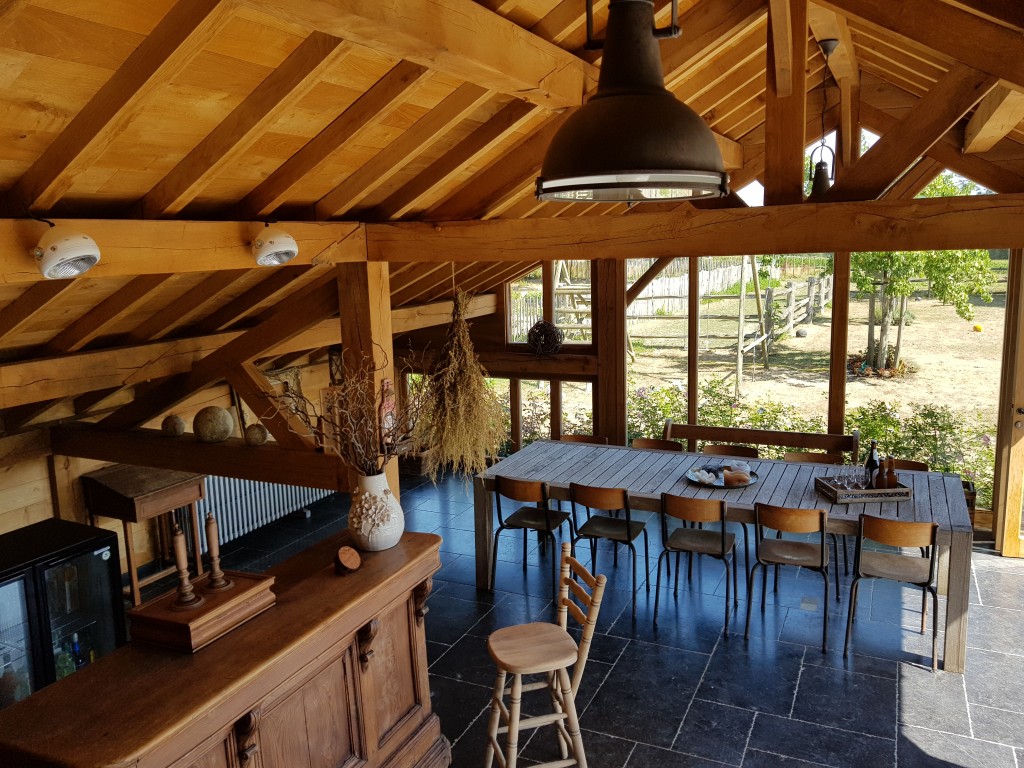
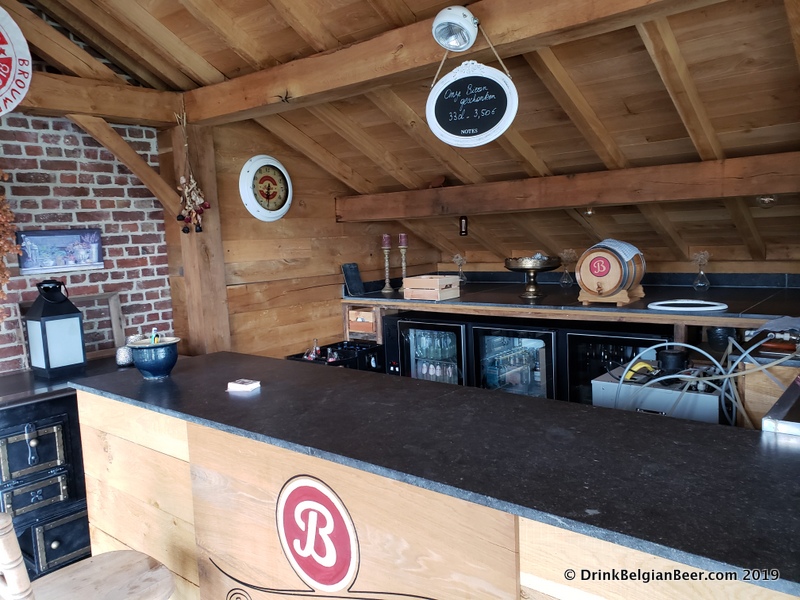
As to the “Soisson” winter wheat variety that was mentioned above, Van Herreweghen remarked: “When I was Director at Palm Breweries, we decided to start brewing a wheat beer. This was about 35 years ago. I did tests at that time with different varieties of wheat, and Soisson came out as best. So that is why I recommended Koen to grow this variety of wheat for using in his lambics.”
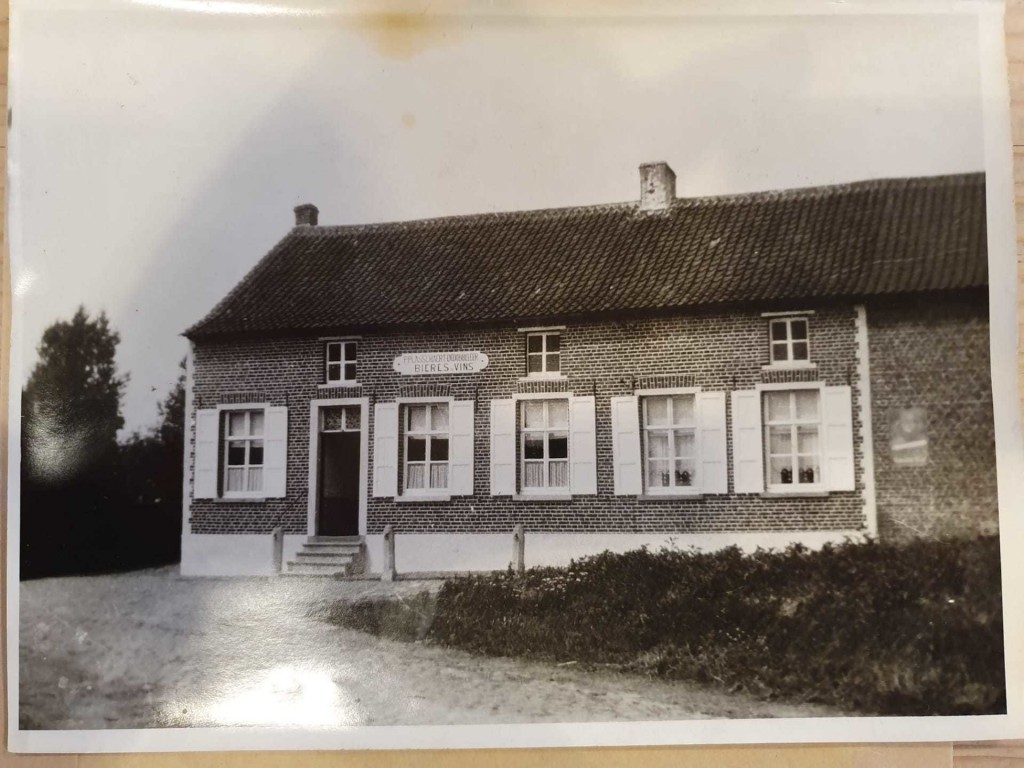
BIERES-VINS.
In the photo above, you can see the old building that used to house the cafe, shop, and lambic blendery that closed in 1963. This is where the Sako retail shop is now. Sandrine Walraet remarked: “The man P PLASSCHAERT was a beer and wine merchant, his wife DEDOBBELEER kept the cafe open. Together they bottled the wine and used the oak wine barrels to mature lambic and then blended and bottled them as Geuze. A lot of the lambic came from Brouwerij De Neve in Schepdaal.”

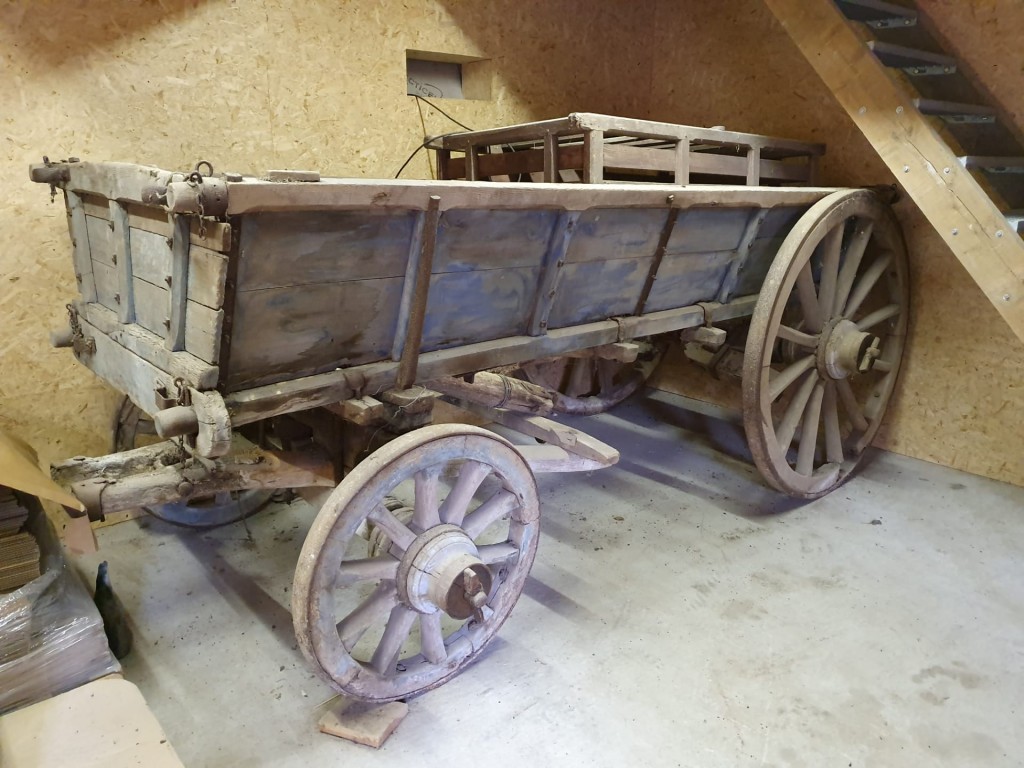
With the expansion from a 2 hectoliter brewhouse to a 30 hectoliter (25.6 U.S. barrel) brewery comes the need for much more space where barrels can be placed to age lambics. Koen remarked: “I already have rented some space at the Cantimpré farm in Bellingen, as our small cellar here in Boogarden is completely full now.”
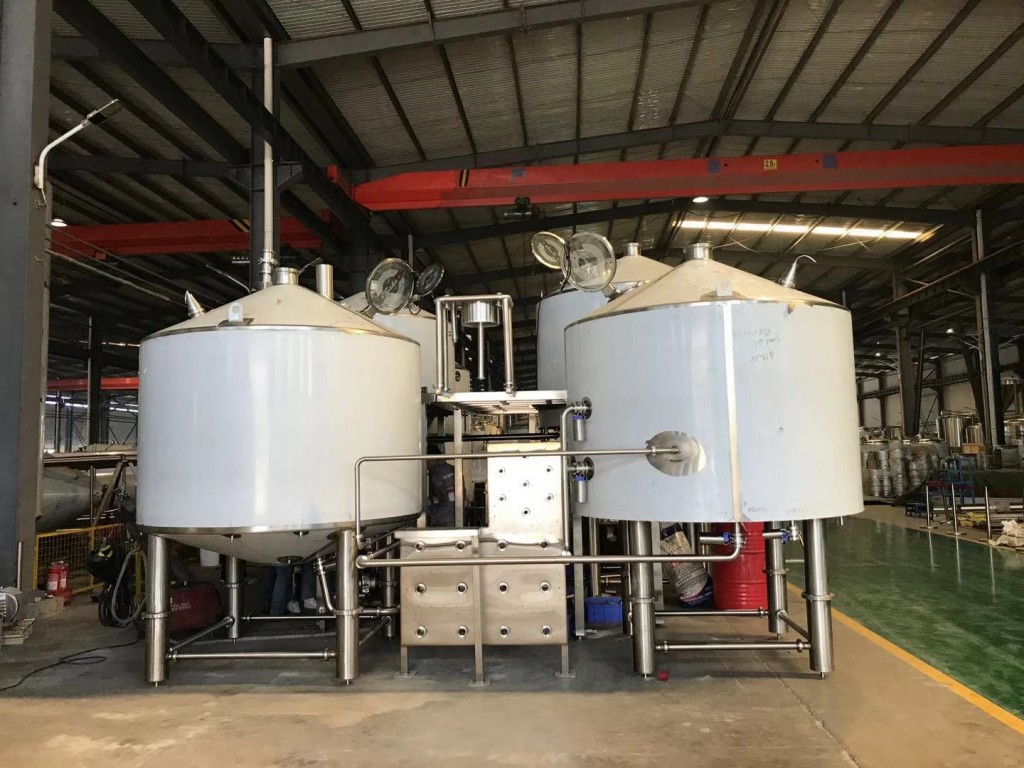
The new brewery arrived in Bogaarden on January 30th, and is currently being installed at Sako.
For their first brew season using the original 2 hl brewhouse (winter/spring 2019) Sako brewed 90 hectoliters (about 76.7 U.S. barrels) of lambic. “Sako’s lambic recipe has a grain bill with 37.5% unmalted wheat, and 62.5% malted barley,” Van Herreweghen told me recently.
Koen also has plans for a whiskey collaboration with a local distillery. (See video below for details.)
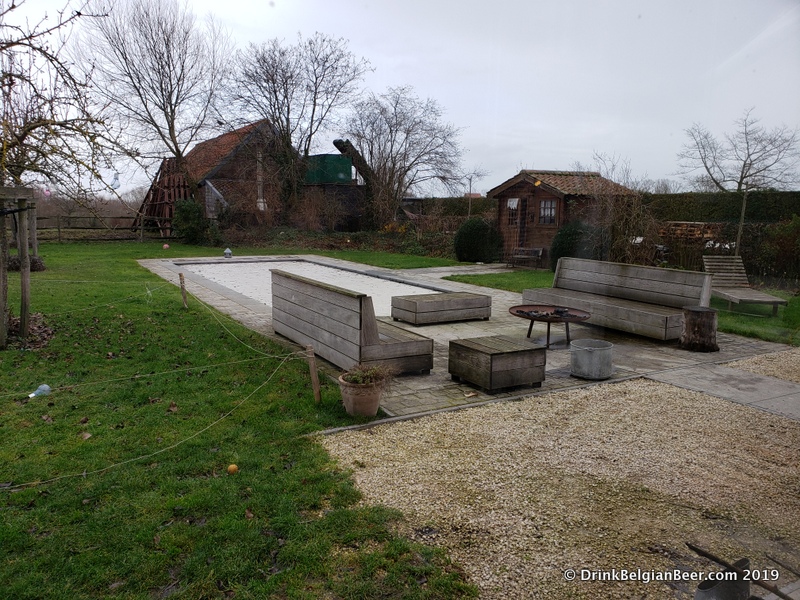
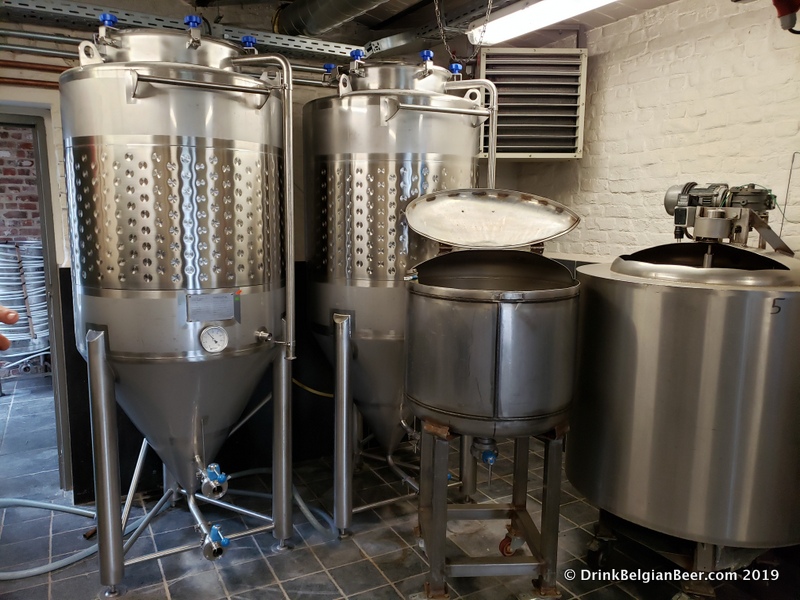

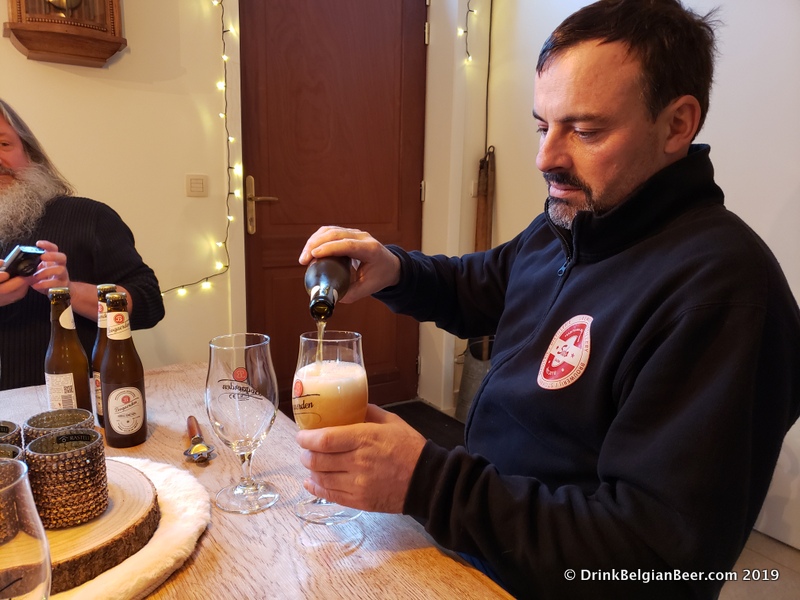
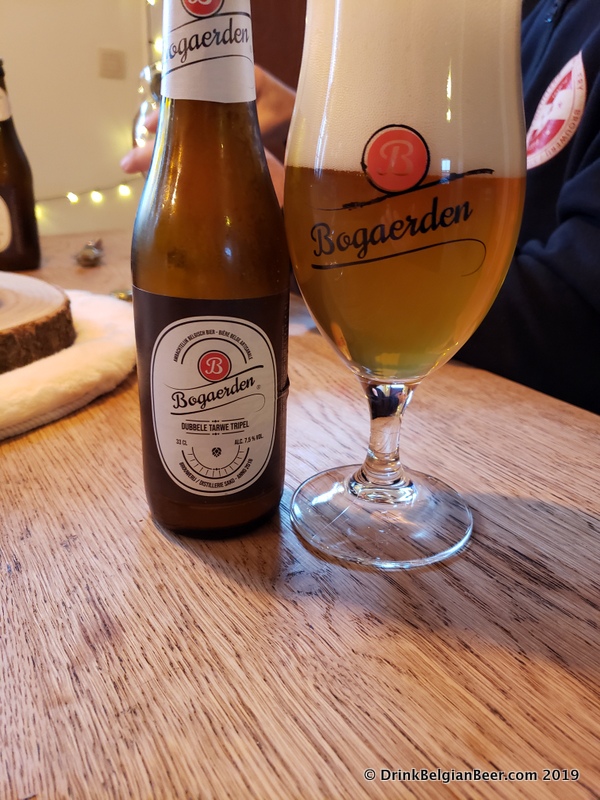
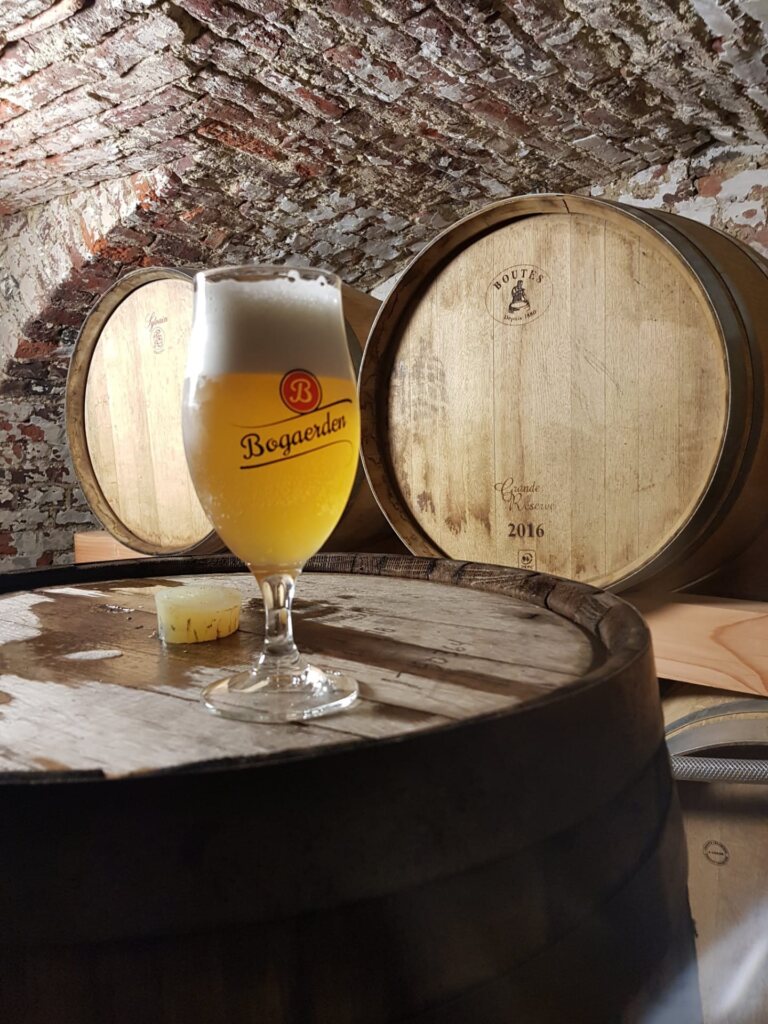
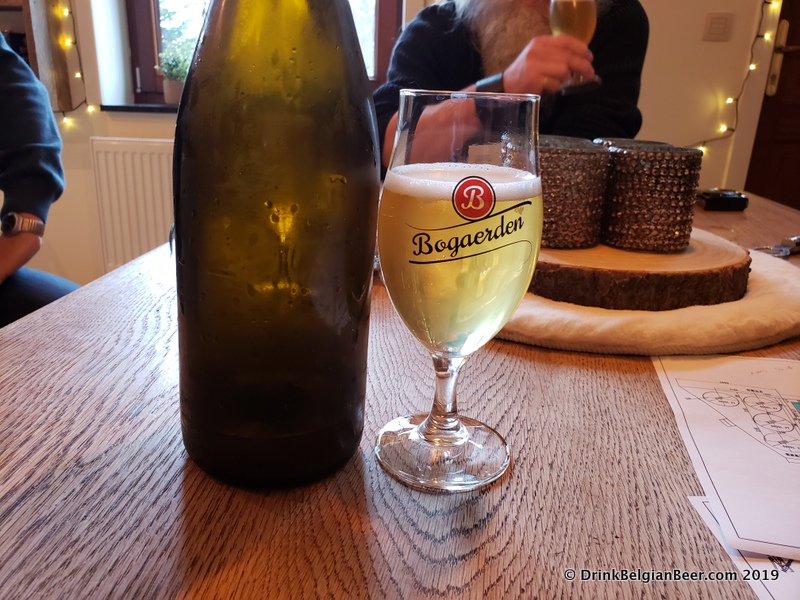
In addition to lambic beers and non-wild brews such as the Dubbele Tarwe Tripel, Koen is also experimenting with sours that are not based on spontaneous fermentation. We tasted a mild sour that had local white wine grapes as part of its recipe, which was very good mildly tart, and with an evident flavor and aroma from the grapes. This 5.5% abv brew was pleasing and not overpowering.
Brouwerij Sako is certain to be a destination spot for beer lovers in the not too distant future. This brewery is one to watch! I look forward to savoring a beer or three outside on the brewery patio on a warm sunny day in the future. The location of the brewery is Heikruisesteenweg 19, Bogaarden.
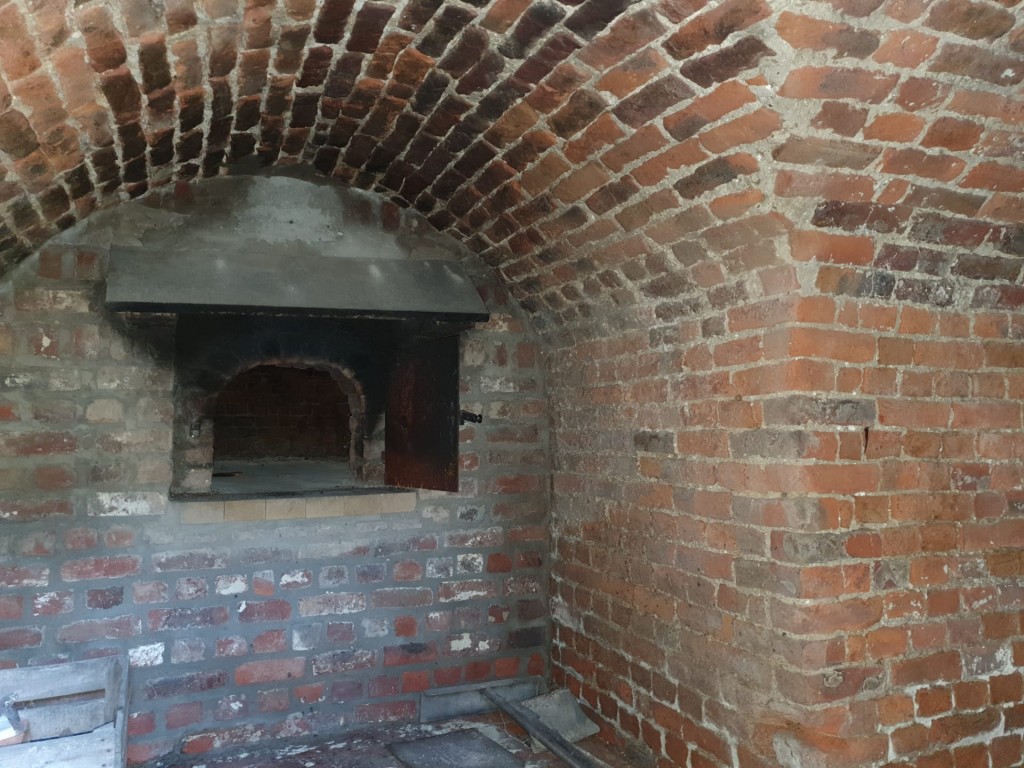
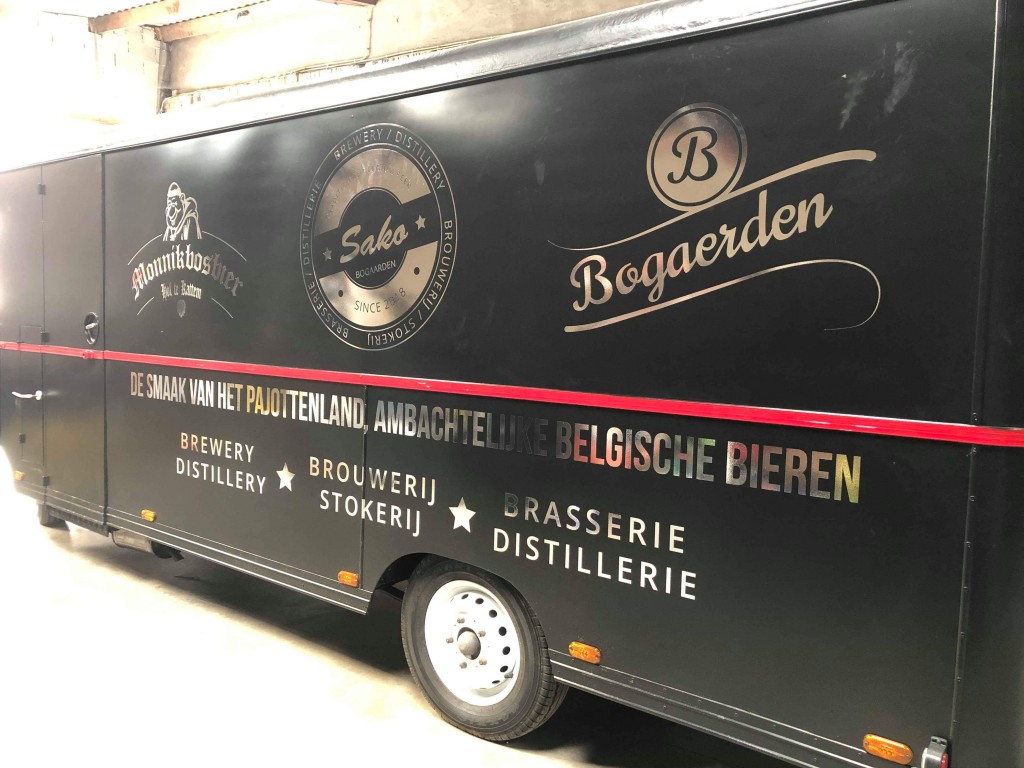
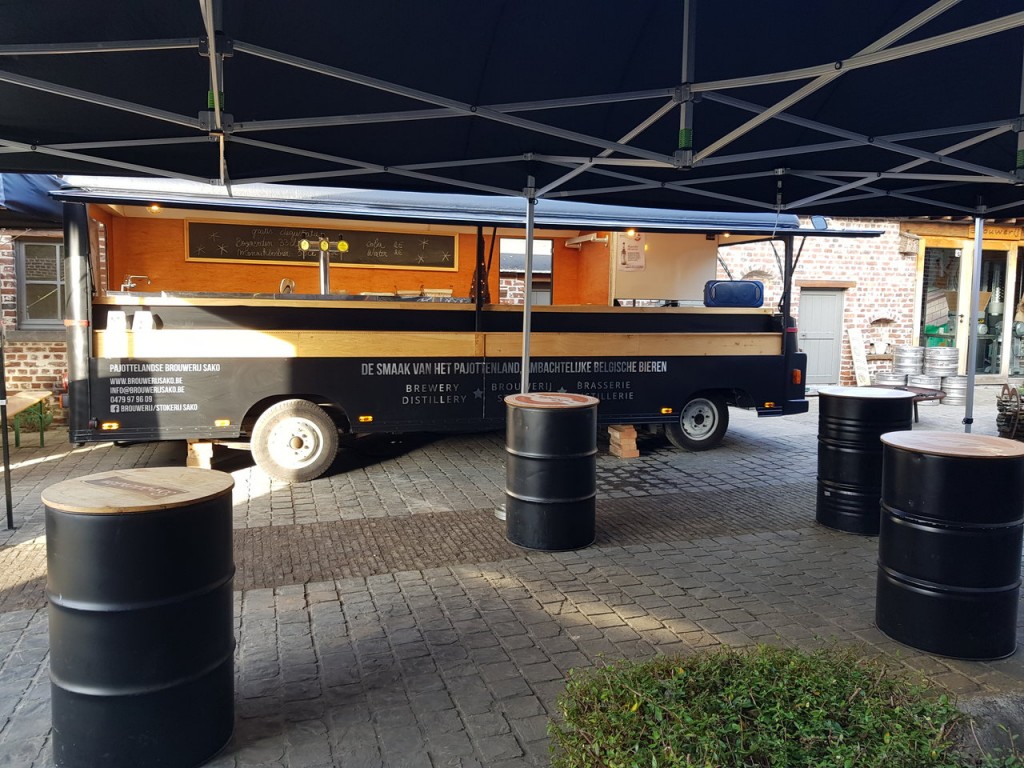

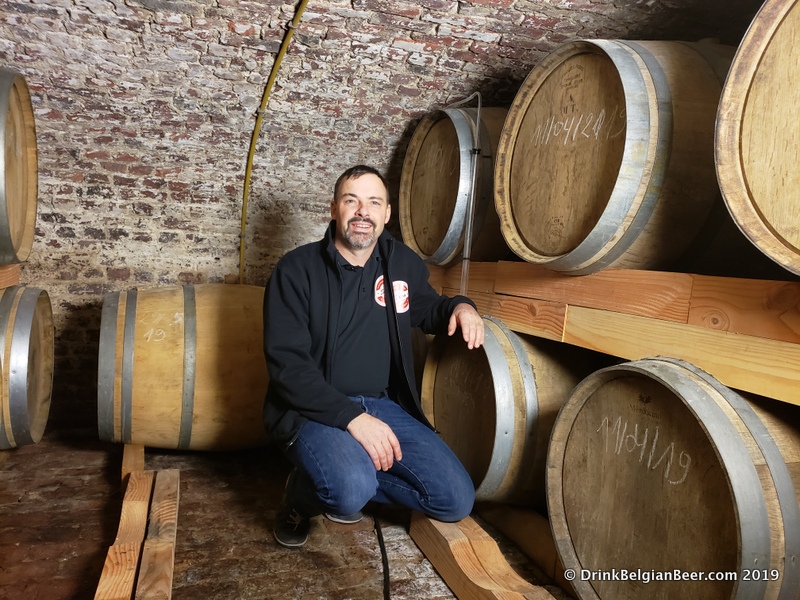
Leave a Reply